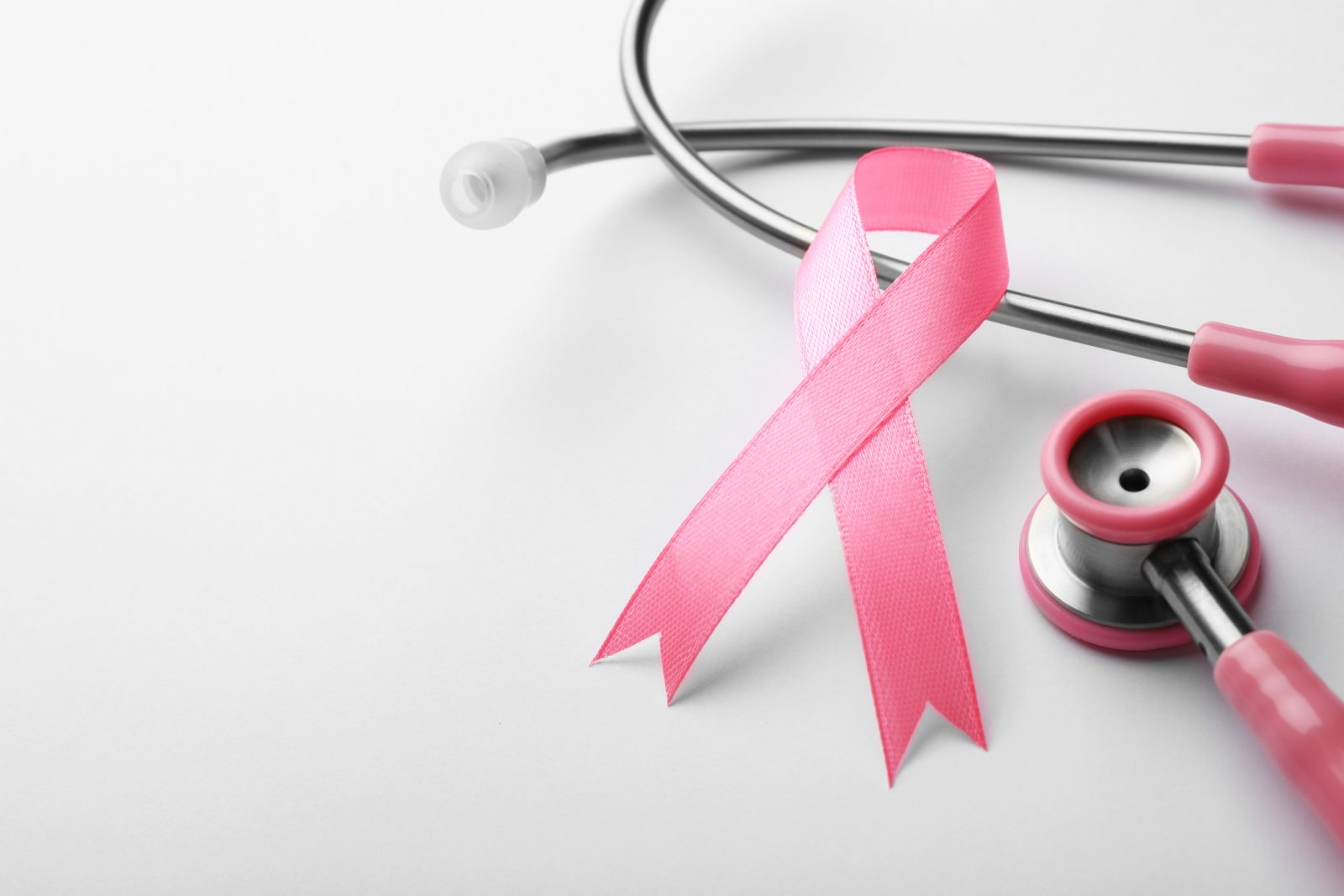October is Breast Cancer Awareness month and a great opportunity to discuss preventative medicine. The CDC recommends that women visit a doctor for a breast cancer screening every other year, which consists of a special set of x-rays called a mammogram. Mammography can detect tumors before they can be felt, so screening is key for early detection. But when combined with regular medical care and appropriate guideline-recommended mammography, breast self-exams can help women know what is normal for them so they can report any changes to their healthcare provider.*
Screenings for any form of cancer or other diseases are a form of preventative medicine. Preventative medicine means they are recommended even if you or a loved one aren’t demonstrating any physical symptoms. The goal of preventative medicine is to protect and promote well-being actively. Another common form of preventative medicine is an annual physical. Preventative medicine has been shown to reduce healthcare costs because you get sick less and are able to quickly respond to any illness that may arise.
Another form of preventative care for Breast Cancer is self-exams at least once a month. While mammograms can help you to detect cancer before you can feel a lump, breast self-exams help you to be familiar with how your breasts look and feel so you can alert your healthcare provider if there are any changes.
“Forty percent of diagnosed breast cancers are detected by women who feel a lump, so establishing a regular breast self-exam is very important.” – John Hopkins Medical Center*
Whether you are interested in a physical, breast cancer screening or need help learning how to do a self-exam, UNI doctors are here to help you in a timely manner at any of our six convenient locations. If you are interested in discussing more ways to stay as healthy as possible, we are happy to provide you with information regarding other preventative measures you can take.
*nationalbreastcancer.org

